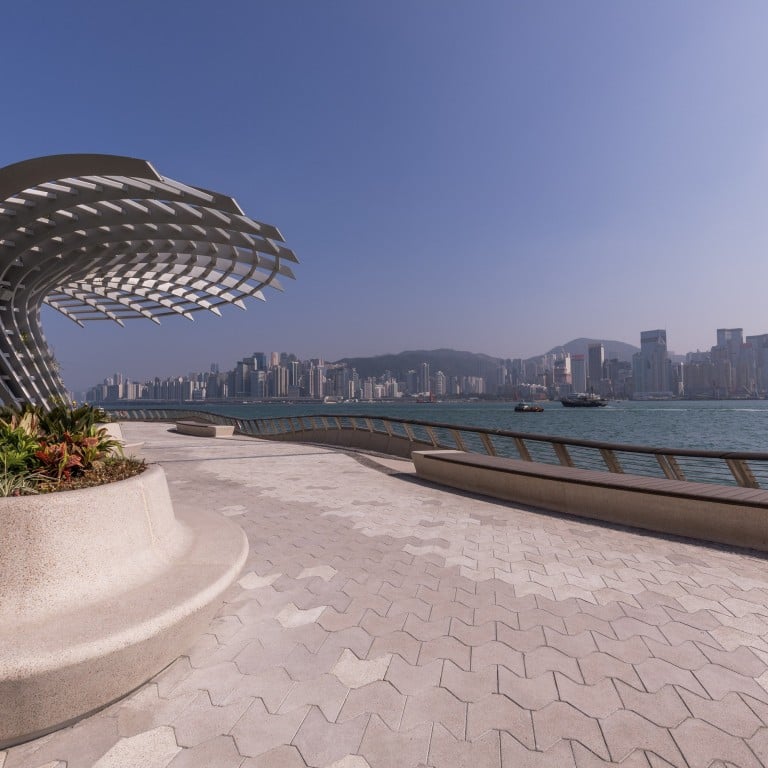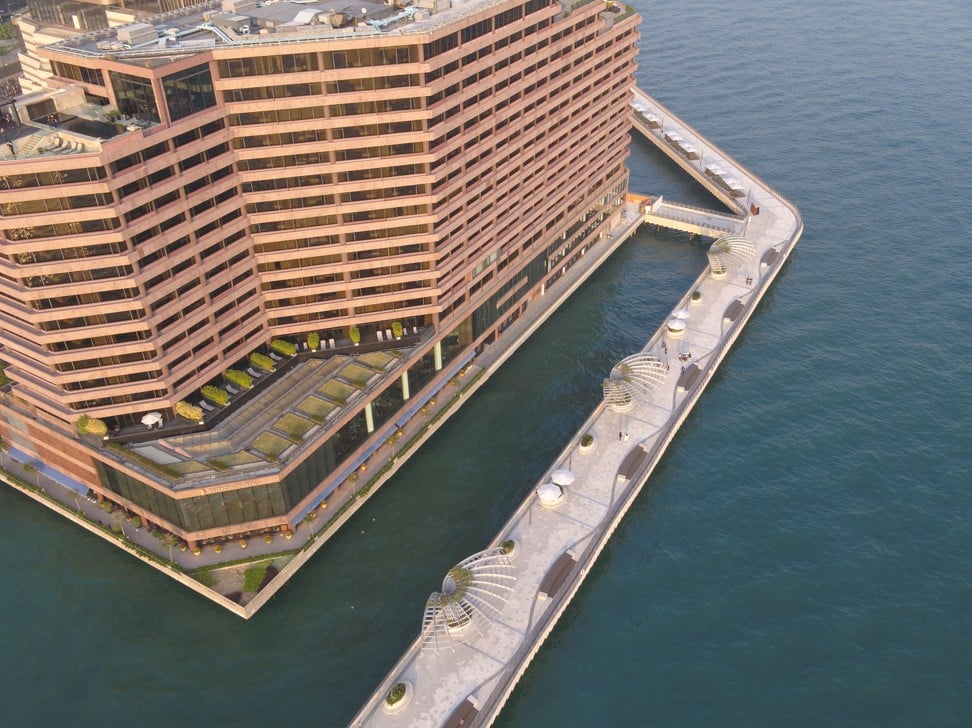
Architect behind Hong Kong’s Avenue of Stars on making waves with new design
James Corner, who is known for High Line, an elevated park created on a former New York Central Railroad, explains the concept behind another world-class promenade
“The larger mission was to revitalise and enliven the public realm and make it more welcoming, inclusive and dynamic. People felt that the harbourfront wasn’t that visible, from Salisbury Road in particular, so improving connectivity was part of that. There was also a programmatic component that had to do with arts and culture – creating spaces that allow and support the programming of events, concerts, art installations, performances.”
Interpretation
“We had various design iterations before we came to this. There was one where Salisbury Garden was a whole series of mountains [laughs]. A series of speculations were developed and visualised. That led to meetings with [local developer] New World Development and city agencies. You quickly get a sense of what people have an appetite for and what they don’t.”

Challenges
Highlight
“The context is the highlight. We get to work with so many dull sites. It is hard because then the design has to do a lot of work and can sometimes appear forced in an effort to try to bring life and identity to a place. It would be easy to look at our design drawings and say, ‘Are we doing enough?’ ‘Could we add more features?’ No. We don’t need to do a lot because the harbour and skyline in this context of Hong Kong is so fantastic, just let it sing. Give it space to breathe.”

Takeaway
“Always try to assess what assets you have and the capabilities of the space. And then modify what you have to allow those to come into being. I like to think the designs we make are a bit like stage sets, creating a theatrical moment that is people-focused. A lot of people think the work we do is about making the scene itself look good. You could say the same with a garden; it’s about making the garden look good. And it is partly that. But it’s really about setting the stage for interactions between people. That’s what makes spatial experiences so dramatic and meaningful.”

